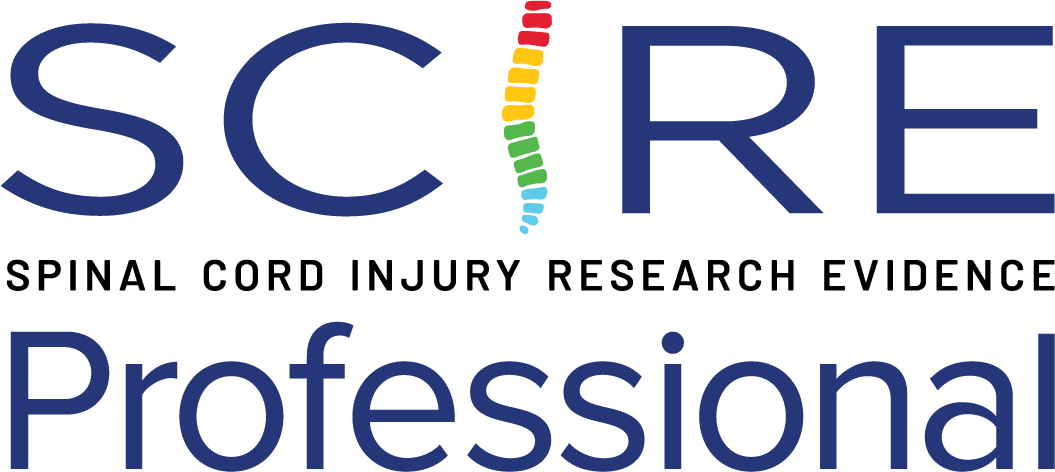Physical Stimulation for Anxiety
Similar to depression, the field of study assessing neurostimulation for anxiety following SCI is relatively limited. While further research will be required to better understand the efficacy, safety and mechanisms of action, several studies have assessed the impact various neurostimulatory techniques on anxiety symptoms post-SCI.
Discussion
In an RCT, Tan et al. (2011) found no significant difference in anxiety symptoms between participants in the cranial electrotherapy stimulation (CES) compared to sham group. Two studies examined the effect of transcranial direct current stimulation (tDCS) on anxiety after SCI (Fregni et al. 2006; Soler et al. 2010). Soler et al. (2010) found significant reduction in symptoms among those in the tDCS compared to the sham group. Participants in the TDCS combined with visual illusion group had the greatest decrease in anxiety symptoms. Fregni et al. (2006) found no significant effects of tDCS on anxiety compared to sham group.
Conclusion
There is level 2 evidence from 1 RCT, that cranial electrotherapy stimulation may not be effective at reducing symptoms of anxiety after SCI.
There is conflicting evidence from 2 RCTs that transcranial direct current stimulation alone may reduce symptoms of anxiety after SCI.
There is level 2 evidence that combined transcranial direct current stimulation and visual illusion walking may help reduce symptoms of anxiety after SCI.
There is level 2 evidence from 1 RCT, that massage may reduce symptoms of anxiety after SCI compared to home exercise.
There is level 4 evidence from 1 pre-post study, that participation in sports activity may reduce symptoms of anxiety after SCI.
